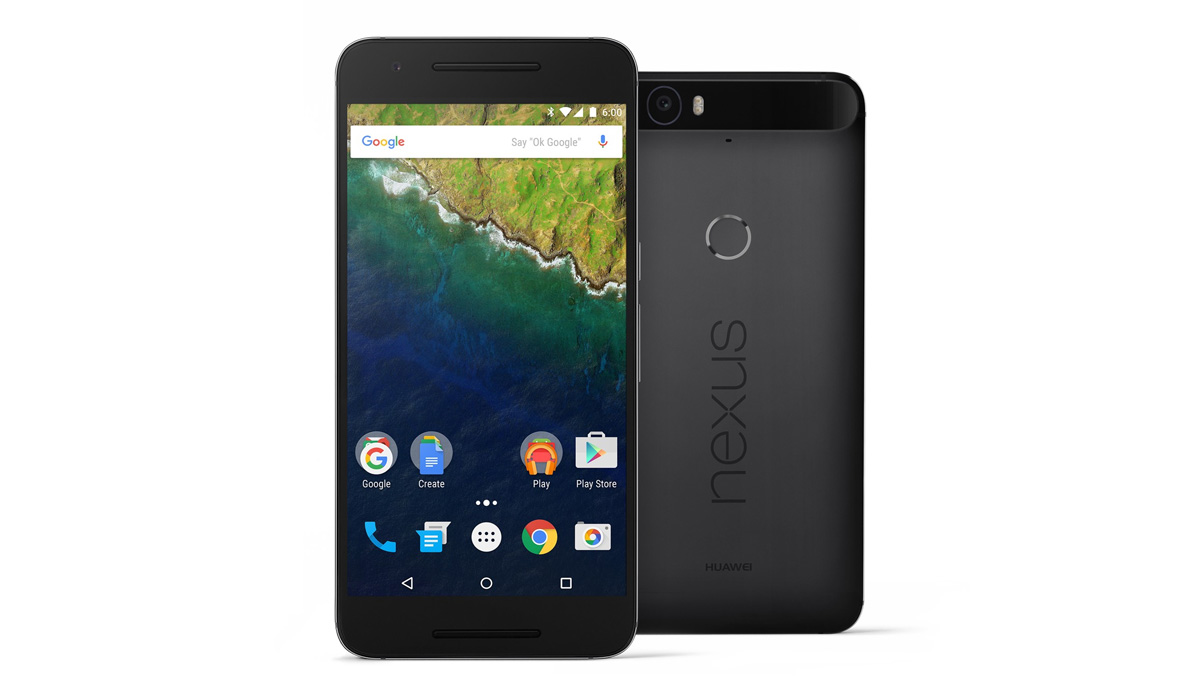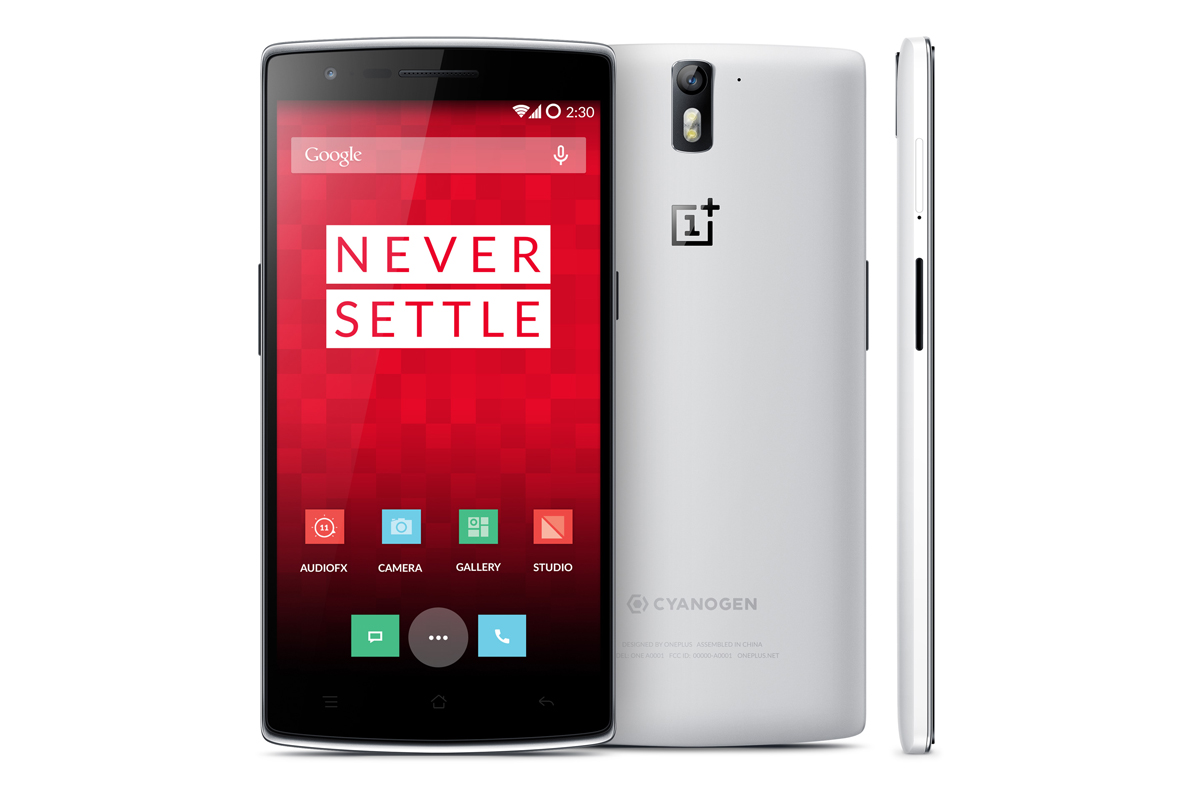Google Nexus Event 2015: The Good, the Great, and the Less Good
 |
I'll start with the LG Nexus 5X, the sequel to the widely liked LG Nexus 5 in 2013. The 5X has many improvements to the 5, sporting dual front-facing speakers, a 12.3 megapixel camera, and a Snapdragon 808 chip. While these are fantastic for a phone that is only $379 for the cheapest variant, I'm disappointed in general with this device. The 5X only has 2GB of RAM. Compare this to the OnePlus 2's 3GB, or the Asus Zenfone's 4GB for similar prices. And with Android 5.0+'s frequent memory leak issues, this definitely isn't a good thing. Another low point of the 5X is the storage, its lowest price option only having 16GB of storage, and its highest having 32GB, with no micro-SD card slot. Even if you can deal with these, there's still the less than impressive 2,700 mAh battery. The 5X may still be a good option if you're looking for a fairly regularly sized device with stock Android, but I think a price around $320 would have been more fair.
The other Nexus, the Huawei Nexus 6P, stole the show for me. QHD 5.7 inch screen, all-metal body, dual front-facing speakers, Snapdragon 810, 3GB RAM, and a giant 3,450 mAh battery. Absolutely gorgeous. When the specs for this device were leaked a few days ago, I definitely expected it to cost around $649 like last year's Nexus 6. I wouldn't even think that would be a bad price, I just wouldn't buy it. When I found out the 6P will be $499, I was shocked. I'm pretty certain this will be my next phone at this point. Unsurprisingly, lots of people have issue with the large black bar at the top of the back. Android Police reported today that that black bar houses multiple sensors that cannot reach outside of the metal body, so it has a reason. Personally, I don't mind it.
Google also announced that Android Marshmallow will be rolling out to current Nexus devices, oldest being the Nexus 5 starting next week. (Sorry Nexus 4!) Other announcements include a new Google Play Music family plan for $14.99/mo, an upgraded Chromecast for $35 with Spotify support, and the new Pixel C Android tablet.









